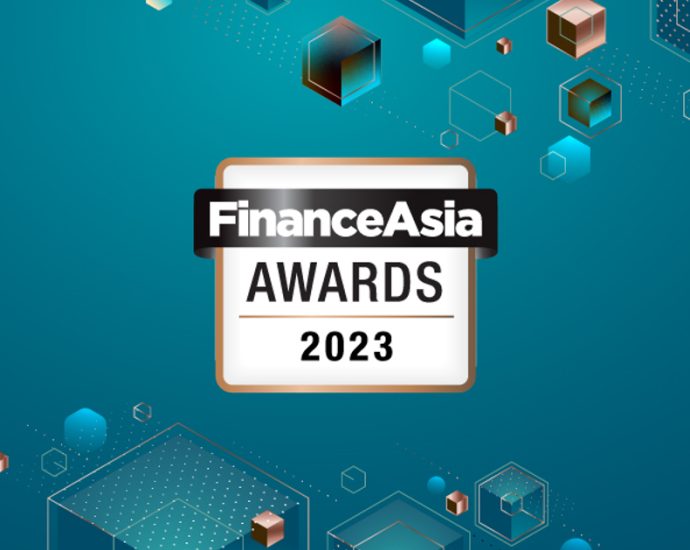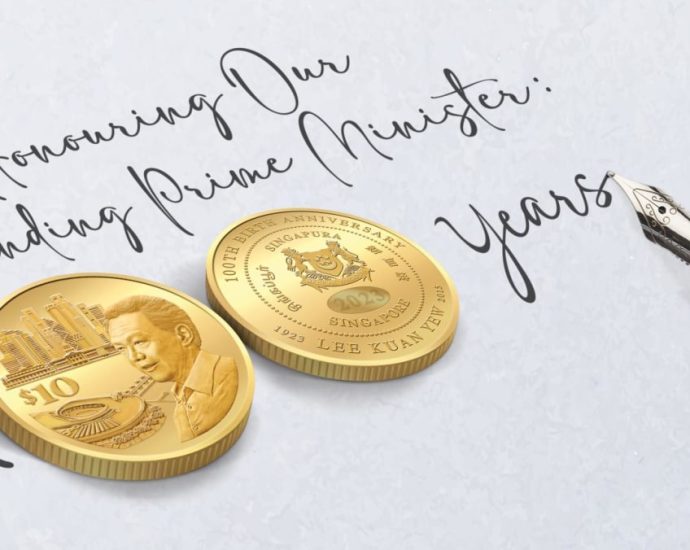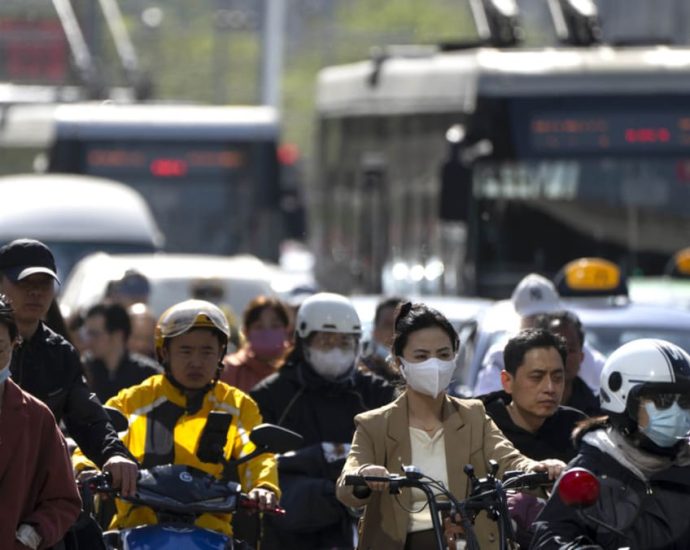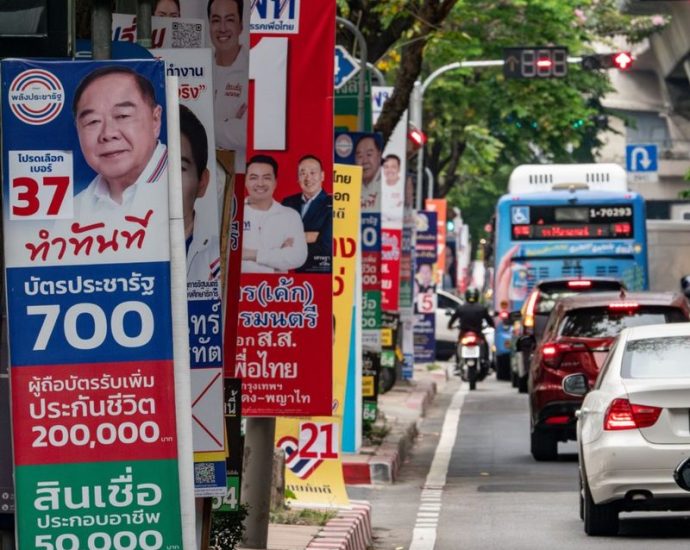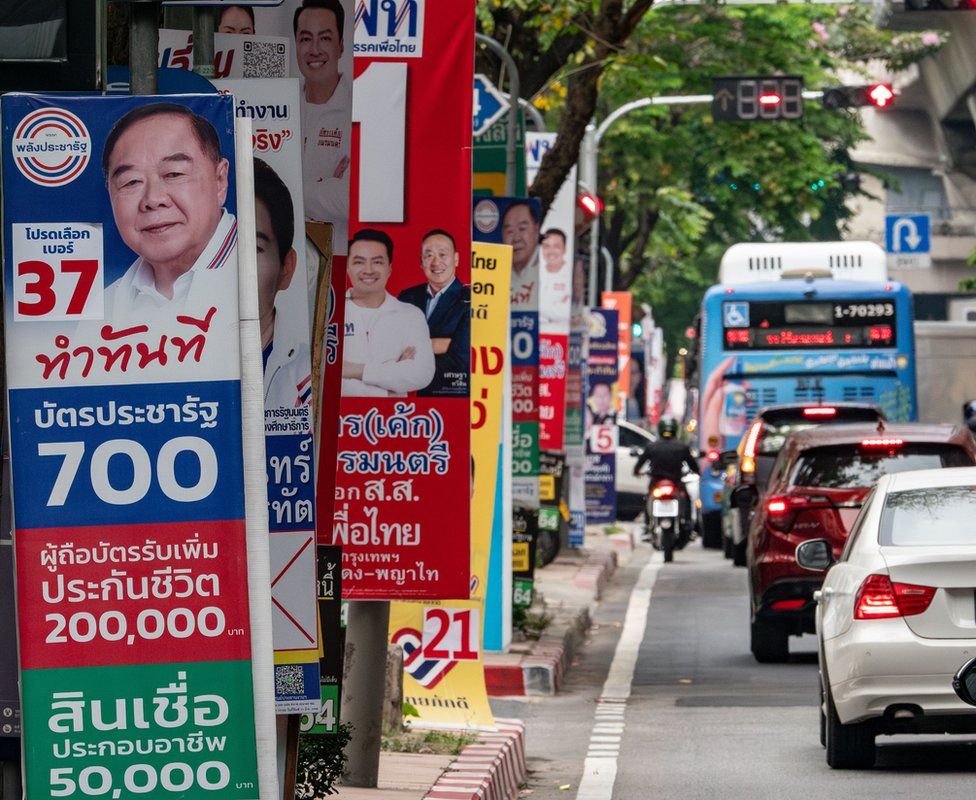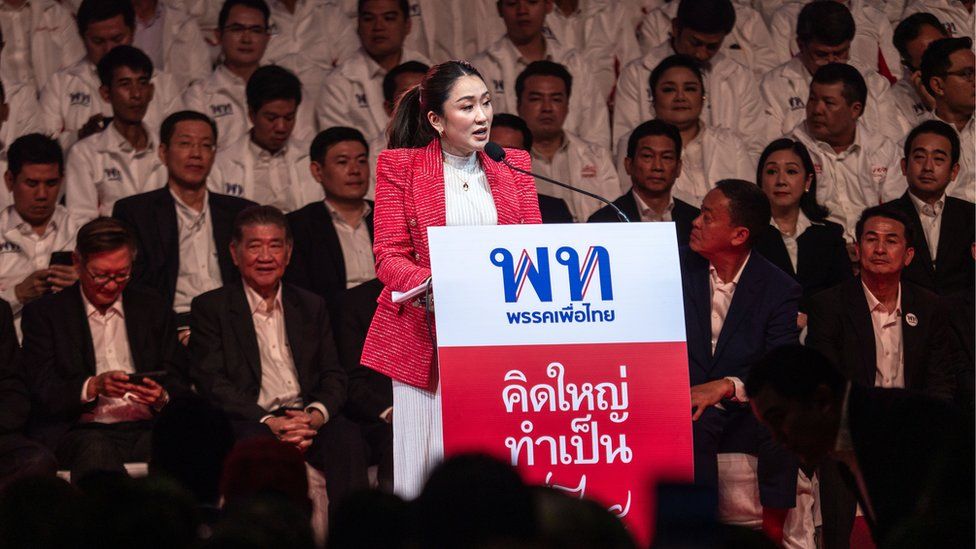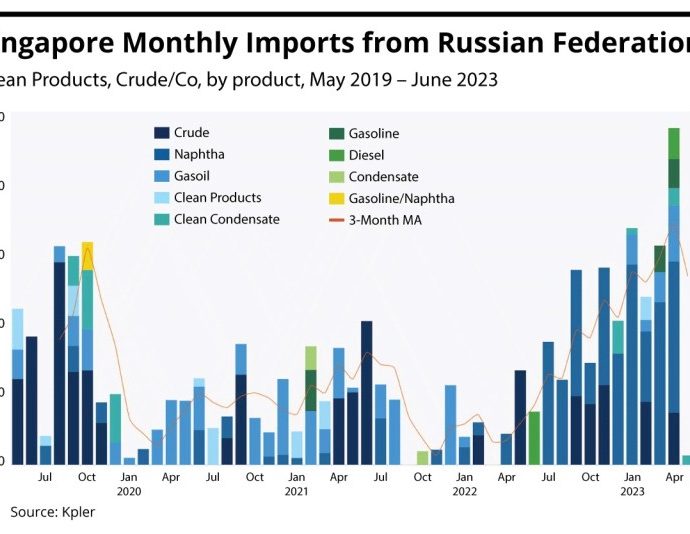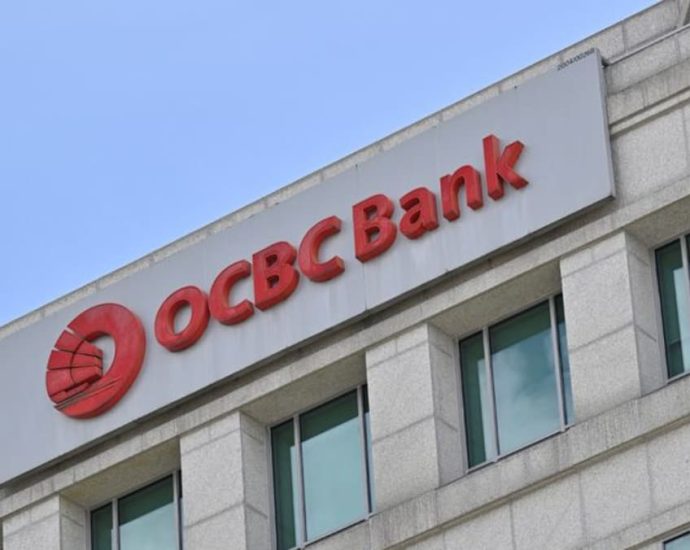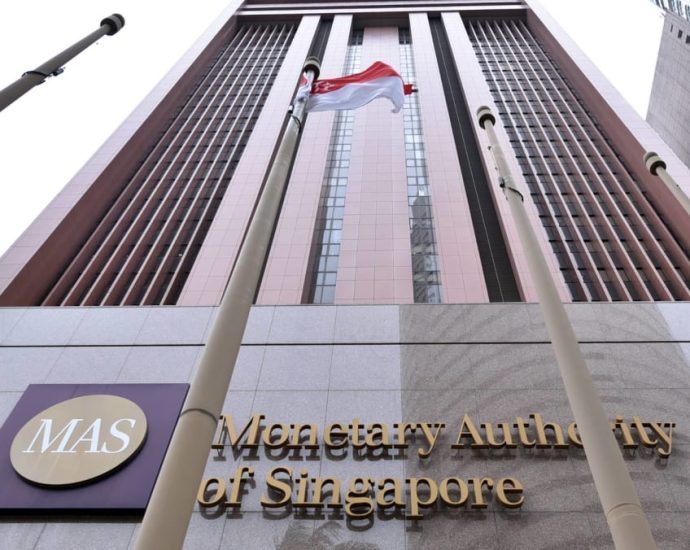Exchanging views on crypto: Exclusive interview with Coinhakoâs co-founder and CEO, Yusho Liu | cryptocurrency, crypto, coinhako, founder, exclusive interview, yusho liu, singapore, digital assets | FinanceAsia

From the fallout of FTX in November 2022, to the collapse of Silicon Valley Bank (SVB) and other US lenders associated with start-up clients, the last few months have been challenging for the crypto industry.
Singapore-based cryptocurrency exchange, Coinhako, however, remains optimistic in terms of its industry outlook as sector participants focus on “rebuilding trust and faith” across the digital asset universe.
Coinhako was conceptualised in 2014 and started off as a bitcoin wallet service for Singaporeans. Today, it is a multi-currency trading platform for cryptocurrencies and is licensed, regulated and headquartered in the city-state.
Receiving its Major Payment Institution licence from the Monetary Authority of Singapore (MAS) in May 2022, the firm is one of nine financial institutions in the market permitted to provide Digital Payment Token (DPT) services.
Confident about Singapore’s future as a Web3 hub, its team wants to play a part in growing the market’s ecosystem. To do so, the company founders recently launched Berru.co, a separate entity that seeks to support Web3 start-ups as they navigate setting up in the city.
In this interview, Coinhako’s co-founder and CEO, Yusho Liu speaks to FinanceAsia about the challenges faced by the crypto industry; the future of Singapore as a digital asset hub; and where exactly the company has its sights set on next.
Excerpts from the interview have been edited for clarity and brevity.
FA: What’s your take on the cryptocurrency market and what developments are you focussed on?
2023 is the year of reset. With the developments of the last few months and bad actors bringing the industry back several steps, we need to rebuild trust and faith in the sector.
Beyond this, we are seeing more regulatory clarity from the likes of the Hong Kong and EU authorities, which paves the way for Asia and Europe to lead when it comes to innovation in the space.
Given that Washington’s current regulatory environment is less hospitable – coupled with the issues faced by the wider US tech industry, it will be challenging for innovation to emerge from the market.
FA: Was Coinhako exposed to any of the US banks that recently collapsed?
We had zero exposure to Silvergate and SVB. We did have some exposure to Signature Bank, but no money parked there. The collapse of these banks has affected many companies but thankfully, our strongest banking relationships are based in Asia.
FA: Is Coinhako looking to raise funds to expand further? How do you view the fundraising environment?
Overall, global and regional venture capital (VC) firms have poured record amounts of money into Southeast Asian technology companies because they consider them to be at the next frontier of growth and these countries have shown very high rates of adoption and interest in digital assets. They have focussed less on companies based in more mature, traditional markets, such as the US, Europe, China, South Korea or Japan.
However, it is currently a challenging climate and investments into crypto start-ups or in the broader technology space have slowed down. While we are continuing conversations with investors, we do not think this is the right timing or environment in which to be actively fundraising.
FA: Do you have any expansion plans?
We do have plans to expand, but this year our focus is on embedding deeper into Singapore, because we think the city-state is going to be a relevant crypto hub, regardless of what the rest of the world is doing.
We see a lot of Web3 founders building a nexus in the market. There is an influx of start-ups looking to establish their presence in Singapore and we’ve set up a separate, professional advisory entity, Berru.co, to support them. Since inception this year, we’ve connected with 10 or more clients and hope to grow this multi-fold further down the road.
Drawing on Coinhako’s experience since entering the market in 2014, we want to help founders navigate the crypto landscape. We’ve done the legwork and we know what works and what doesn’t – whether that be related to finance, accounting, tax or legal considerations. This is in line with Singapore’s status as a hub, and as such, we want to make sure that companies can develop easily. A bad user experience would likely make these founders consider going elsewhere.
FA: Where else in Asia do you see opportunity?
We are watching developments in Hong Kong, with the government having recently come up with a crypto framework to foster growth in the industry. But Hong Kong is just one of the markets we’re looking at for expansion, alongside other countries in Southeast Asian and the broader Asia region.
Coinhako has a domicile-registered licence in Singapore and the beauty of being based here, is that we can use it as a centre from which to reach the rest of the region.
FA: What’s your view on Singapore’s future as a crypto hub, given that many peers have relocated to Dubai?
I’ve always said that time will tell the story.
Dubai was a hot spot when its authorities announced updated licensing frameworks. But I think that, to date, we haven’t really seen or heard much about crypto exchanges moving to the market, except for Bybit, that is trying to establish global headquarters there.
The reality is that Dubai is a regional hub for the Middle East and North Africa (MENA), but if you’re trying to establish a global or Asian base, Singapore might be more suitable.
FA: Is Dubai perceived to be friendlier from a regulatory perspective, compared to Singapore?
I think it’s important to differentiate between what people say, versus what people do.
From our perspective, we don’t see many licensed entities going to Dubai, but we’re seeing unlicensed entities go there to try to obtain a licence.
FA: How optimistic are you about the growth of the Web3 and crypto industries in Asia?
We remain optimistic about the growth of the Web3 sector, in general. Yes, the industry is volatile, but most nascent industries are.
Of course, where money is involved, so too will there be bad actors. And indeed, we are seeing more overlap between the tech and finance industries.
However, as long as builders continue to come in to develop purposeful technology and applications – and good people enter the space, we remain positive.
¬ Haymarket Media Limited. All rights reserved.





